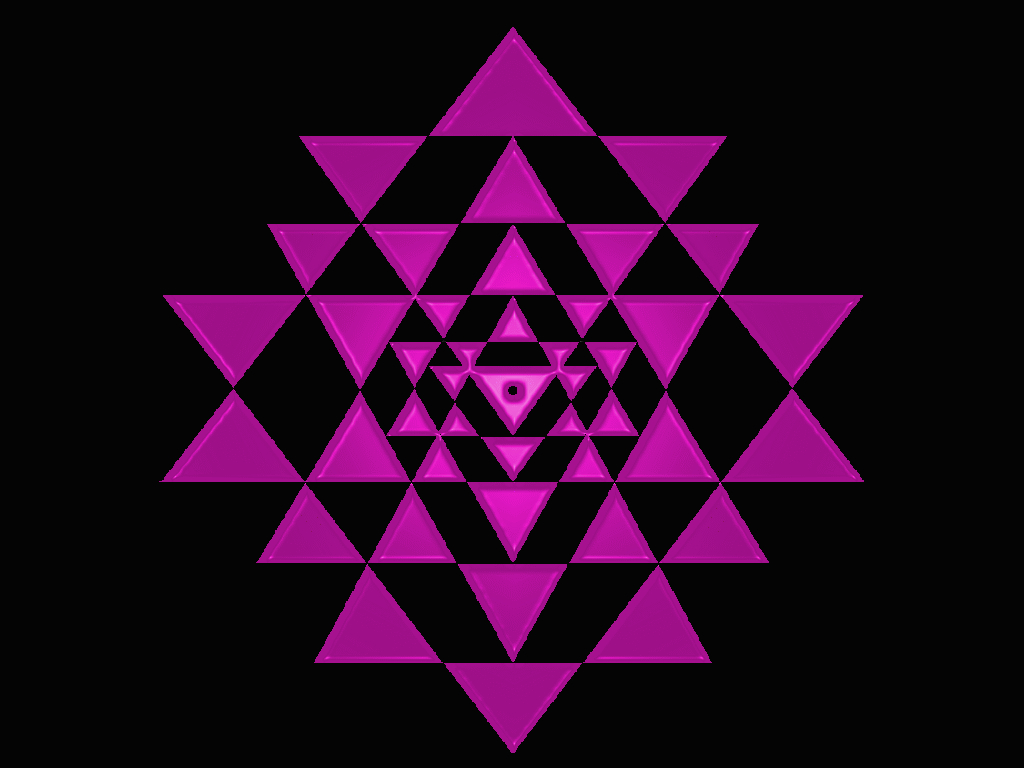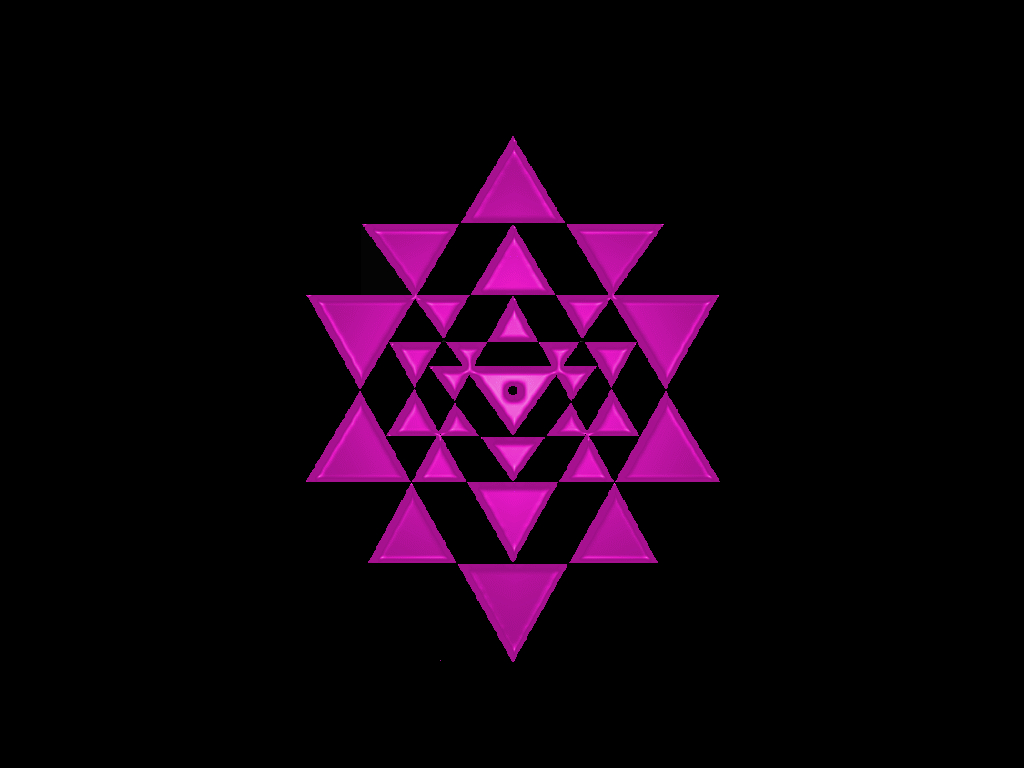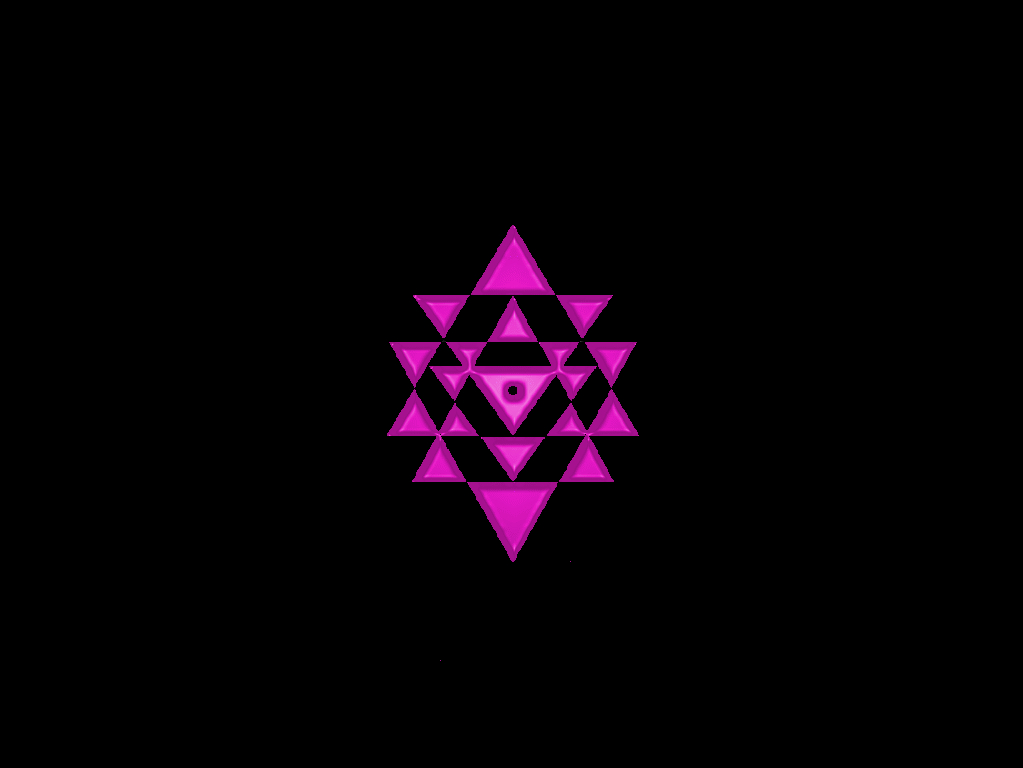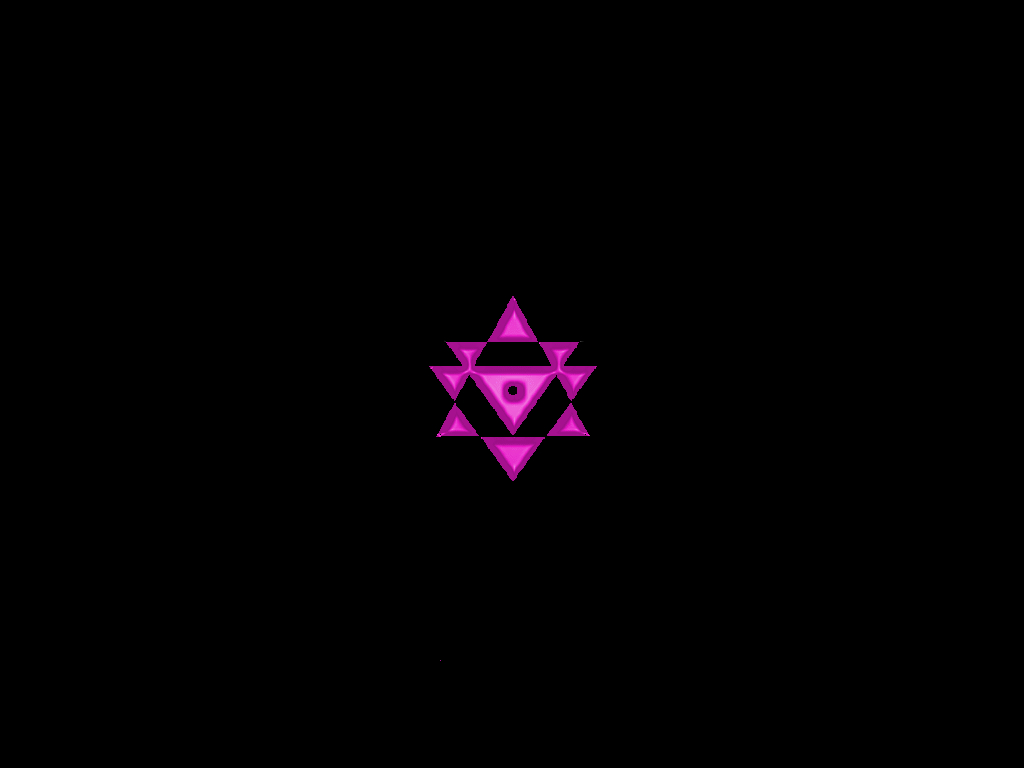OTHER RESOURCES
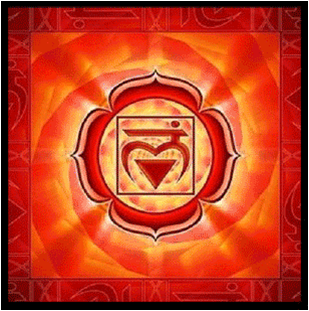
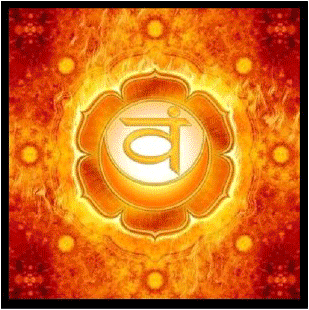
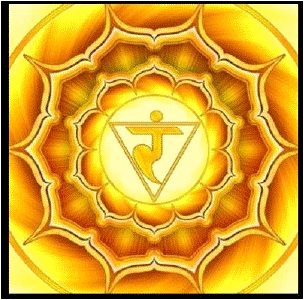
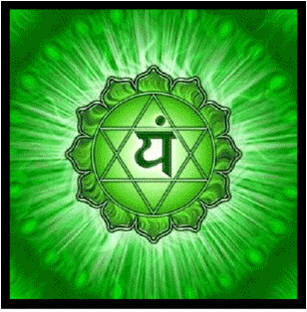
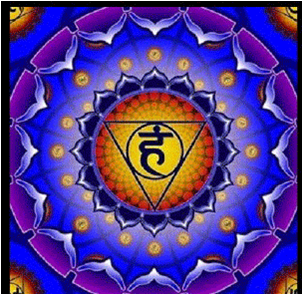
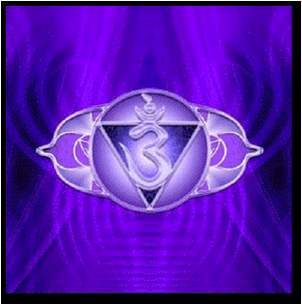
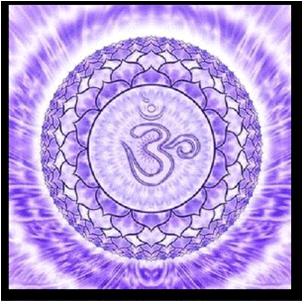
Chakra symbols:
Useful to focus upon during Chakra meditation
This page lists recommended resources related to Spirituality.
Includes meditation visual aids, meditation music, articles, and research by the author.
Academic Research
The Conceptualization of a Model of Spirituality.
A questionnaire to measure spirituality.
Research on the use of Chi-Kung breathing exercises for addiction recovery.
Free PDF books related to
Eastern Spiritual
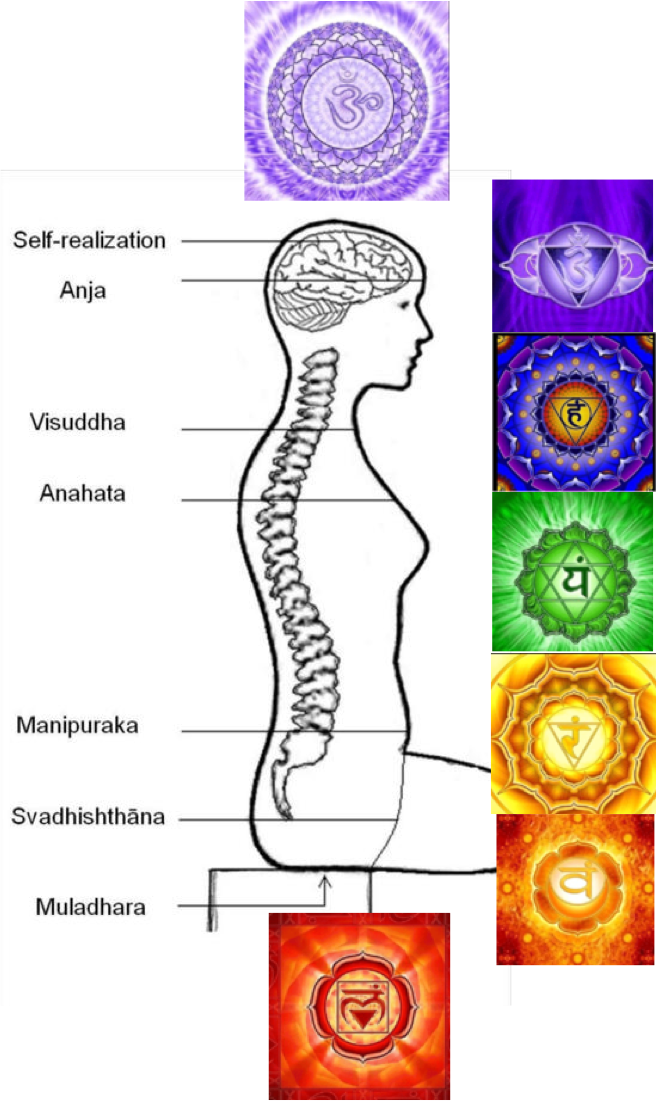
Chakras and Kundalini Energy
The term chakra translates from Sanskrit as wheels. Chakras resemble ancient wheels with spokes. Each chakra has a center point with energy channels extending outwards that connect to the body’s overall energetic system. Tantra was the first form of Yoga to emphasize kundalini and the chakras.
The first known written description of the chakra system is in the Sat-Cakra-Nirupana (Description of the Six Chakras), written by Purnananda-Swami in 1526. In 1919, Sir John Woodroffe translated this text in his book The Serpent Power (under the alias Arthur Avalon), which became the basis for the chakra system popularized in contemporary Western Yoga.
According to the Sat-Cakra-Nirupana, the energetic channel located within the spinal column is called the sushumnā, which spans from the base of the sacrum (coccyx) to the top of the brain (Avalon, 1950). The kundalini lies coiled like a snake at the bottom of the sushumnā. Awakening the kundalini prompts it to uncoil into a form that can then rise up the sushumnā channel.
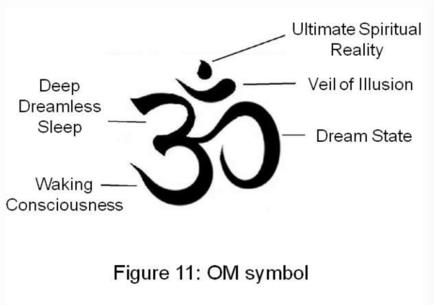
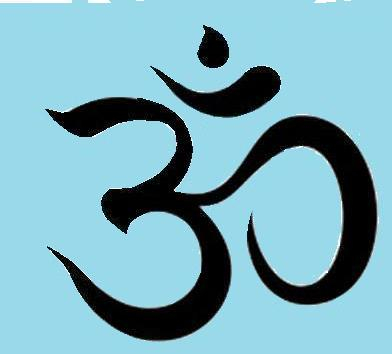
Powerful Meditation Chant
Very powerful 10 minute OM chant
OM: The Short Cut to Self-realization
OM is a Sanskrit syllable that appears at the beginning and end of most Hindu recitations, prayers, and scriptures. OM is the most powerful Hindu mantra and is considered to provide a short path to Self-realization. The proper chanting of OM creates a direct connection between you and the Ultimate Spiritual Reality (God). The Yoga Sutras claim that in addition to meditation the chanting of OM can be used to attain Self-realization.
OM is believed to be the vibration of God in the Universe. The OM vibration exists within you and by chanting it you create a resonant frequency between yourself and the universal OM. According to the Yoga Sutras chanting OM turns your awareness inward and removes obstacles that prevent you from reaching Self-realization (Ch. 1-29). In addition, the Yoga Sutras state that chanting OM will give you access to spiritual knowledge (Ch. 1-25, 1-26).
“When we chant Om, we… create within ourselves a sympathetic vibration, a vibration which has a sympathy with the cosmic vibration, so that, for the time being, we are in tune with the cosmos. We flow with the current of the cosmos when we recite Om, and produce a harmonious vibration in our bodily and psychological system.” (Swami Krishnananda, 2016)
While it is conventionally spelled O-M, the sacred syllable is actually pronounced A-U-M. Each of these three letters or tones has a particular meaning, which corresponds to sections of the Sanskrit symbol of OM. ‘A’ represents the physical world of waking consciousness. The ‘U’ corresponds to the subtle world of thought, imagination, and dreams. ‘M’ symbolizes deep dreamless sleep.
The Mandukya Upanishad is entirely devoted to explaining OM. The Mandukya is generally acknowledged as the most important Upanishad and is believed to contain all that is needed to attain Self-realization (Krishnananda, 2016).
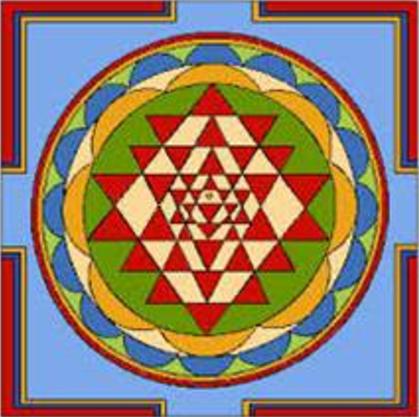
Sri Yantra mandala:
Powerful image to focus upon during meditation.
The Sri Yantra and Tantra Yoga
In contrast, Tantra Yoga is non-dualistic; it views the spiritual and the material as one and the same. Tantra holds the belief that all things in the material world are a manifestation of God consciousness and therefore Self-realization can be found through interaction with the physical. From a Tantric perspective, the body is at one with the Spirit (and God) and therefore the body can be utilized as a vehicle for attaining Self-realization.
Tantra Yoga is based on the belief that God, in the form of Lord Shiva, manifested Himself as the Universe. As such the Universe is not only made by God, but is God Himself. Lord Shiva continuously creates the Universe as interplay between masculine and feminine energies, which creates an illusion of separate and diverse objects. From a Tantric perspective, Self-realization occurs when you are able to see and understand that there is no separation between objects, and that everything is one with God, including your own consciousness.
The Sri Yantra is a mandala used as a visual aid for meditation. It consists of nine interlocking triangles that form a total of 43 smaller triangles. The four triangles pointing upwards represents Lord Shiva or the masculine. The five triangles that point downwards symbolize the female creative energy of the Universe.
The middle is the power point (bindu), visualizing the highest, the invisible, elusive centre from which the entire figure and the cosmos expand. The triangles are enclosed by two rows of (8 and 16) petals, representing the lotus of creation and reproductive vital force. The broken lines of the outer frame denote the figure to be a sanctuary with four openings to the regions of the universe.

Powerful Hare Krishna chant by Krishna Das
Kainchi Hare Krishna
by Krishna Das
